News - 19 June 2019
Aussie animals facing extinction: Greater Glider
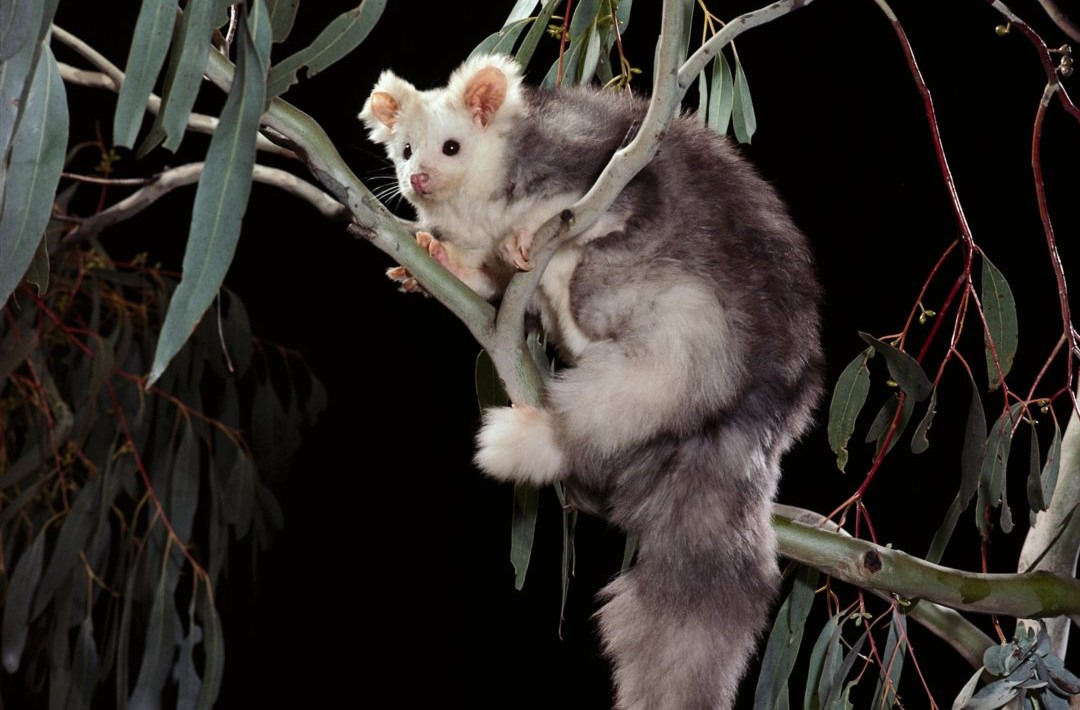
Greater gliders were once abundant along the east coast, but populations have crashed by 80% in the last 20 years. To give these fluffy creatures a fighting chance at a future, we need your help to stop the logging of their native forest homes.
In July 2022, the Environment Minister Tanya Plibersek raised the threat level of greater gliders from Vulnerable to Endangered. The animal is being pushed closer to extinction from a loss of habitat driven by land-clearing, native forest logging and disastrous bushfires exacerbated by the climate crisis.
So floofy!
The first thing you may notice about Australia’s largest gliding possums is just how darn fluffy they are! Greater gliders are covered with a shaggy coat of fur that makes them look a lot bigger than they actually are.
Their fur is soft and grows up to 6cm thick, and can range from white to brown to charcoal in a single population.
They’re also the largest species in the ringtail possum family, and the only one that doesn't have a prehensile, grippy tail. But what they lack in grip they make up for in gliding…
DID YOU KNOW? Baby gliders are born once a year, in late autumn or early winter, and stay in mum’s pouch until nine months of age. |
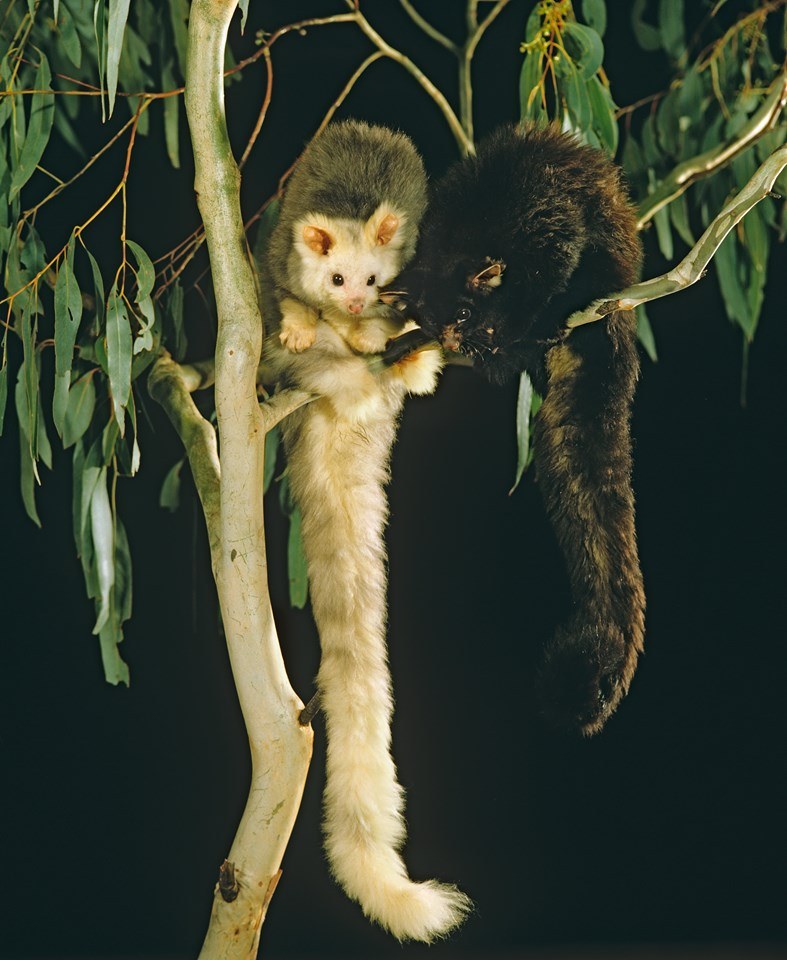
See how they glide
Unlike other gliding marsupials—which have gliding membranes stretching from their wrists to their ankles—greater gliders have membranes stretching from their elbows to their ankles which let them perform controlled glides.
In fact, the gliding posture of the greater glider is unique among marsupials. Their forelimbs fold so that their wrists are tucked under their chin, giving the membrane a triangular outline when outstretched.
Greater gliders regularly sail between tall trees, and are able to use their long, thick tails to help them steer. They’re slow and clumsy on the ground, so avoid travelling this way whenever possible!
DID YOU KNOW? Greater gliders can glide for distances of up to 100m! |
There are now THREE species of greater glider! Scientists from The Australian National University, James Cook University, the University of Canberra and CSIRO discovered that greater gliders are in fact three separate species! Australia is one of the most biodiverse places on Earth and scientists recently found that our forests are even richer, with research indicating that the greater glider in fact comprises three distinct species. The discovery now adds two new marsupials to the national species list, with Petauroides minor and Petauroides armillatus joining the original Petauroides volans. The discovery of the new species means there is a race on to preserve their remaining habitat to better understand the prevalence and behaviour of these new animals. After the bushfires of 2019-2020, it's paramount that we preserve what habitat remains for these unique Aussie icons.
How to spot a Greater glider
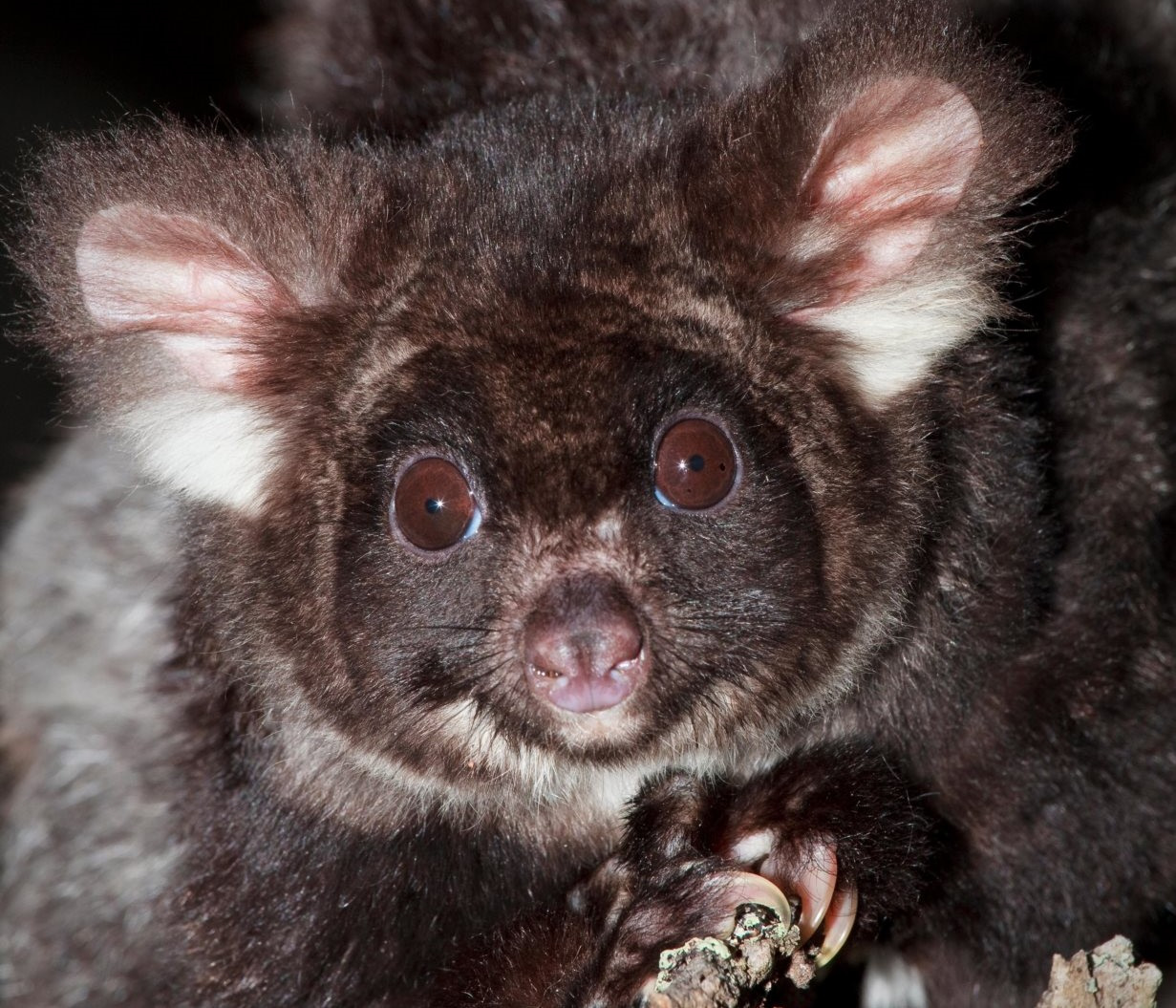
Australia’s largest gliding possum can be found along eastern Australia, in southern Qld, southeastern NSW and the montane forests of the Victorian Central Highlands. But fossils dating back from the late Pleistocene onwards show that greater gliders were once more widespread, inhabiting other areas including parts of SA.
Spotlighting—where a torch beam is shone into the forest canopy—has become a popular way of locating this animal at night. When a strong light is directed at the eyes of a greater glider, two bright orbs reflect back!
DID YOU KNOW? Greater gliders don’t make any loud sounds and are believed to communicate through scent-marking. |
Why Greater gliders need old growth trees
Greater gliders are nocturnal, spending their nights foraging on young leaves and flower buds of select eucalypt species in the highest parts of the forest canopy.
During the day, they spend most of their time in tree hollows, with each individual inhabiting up to 20 different dens within their home range. This is why old growth trees are so important to them!
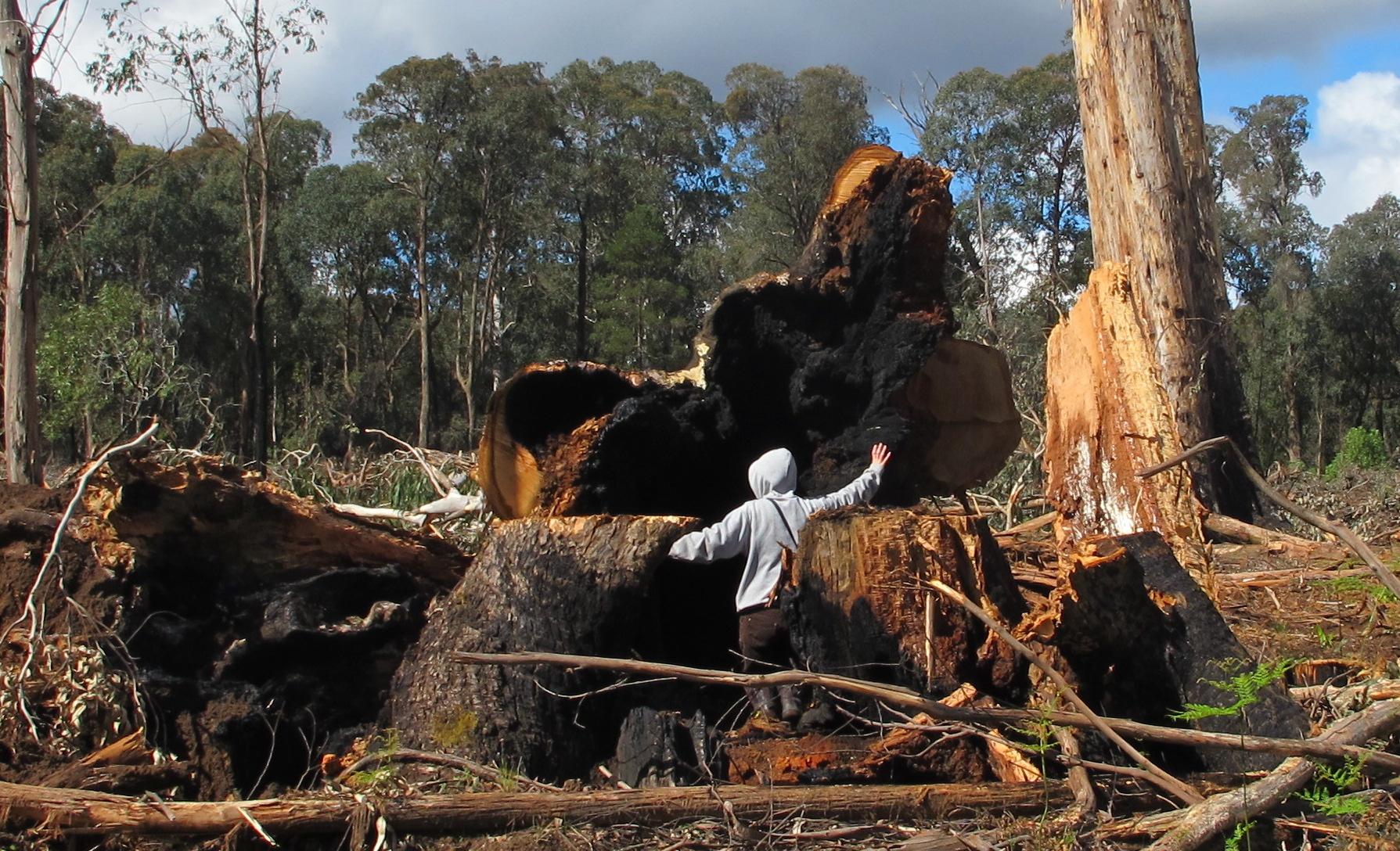
DID YOU KNOW? Greater gliders have been recorded living up to 15 years! |
Sadly, greater gliders are recognised nationally as Endangered.
Our report into Australia's threatened forest wildlife also identified that logging of their habitat in Victoria has been proven to cause declines or local extinctions of greater glider populations.
Why? As the Victorian Scientific Advisory Committee explained in 2017: “[Logging] reduces the number of hollow bearing trees available for denning… Although the animals may not die from the initial impact they will die shortly afterwards.”
The good news? Logging is one threat we can address immediately to help greater gliders survive.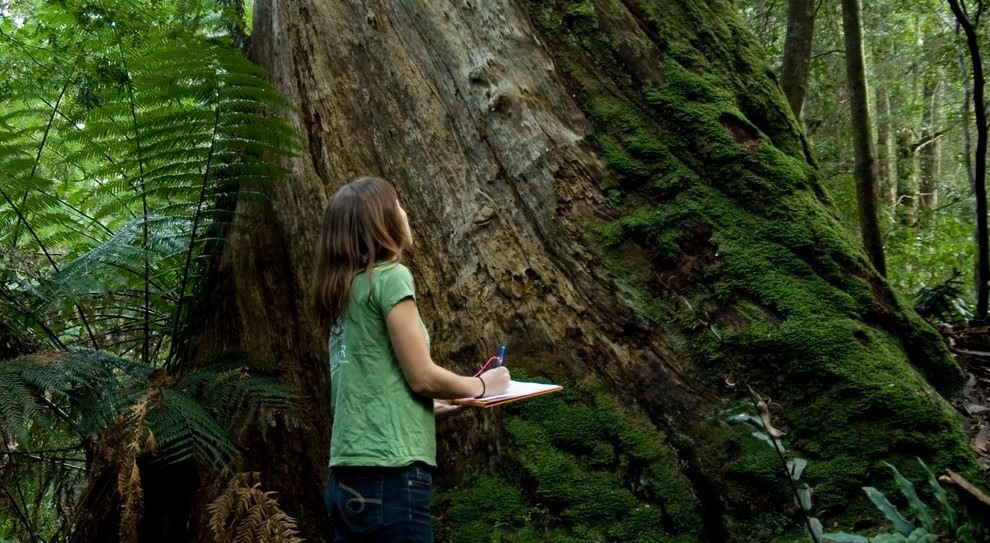
Greater gliders need your help today
Right now, around Australia, industry continues to log old growth forest and endangered species’ habitat.
But with your support today, we're ready to hold the government to account to protect the places we love, and all the plants and animals that call them home.
Small, speedy & on the brink of extinction
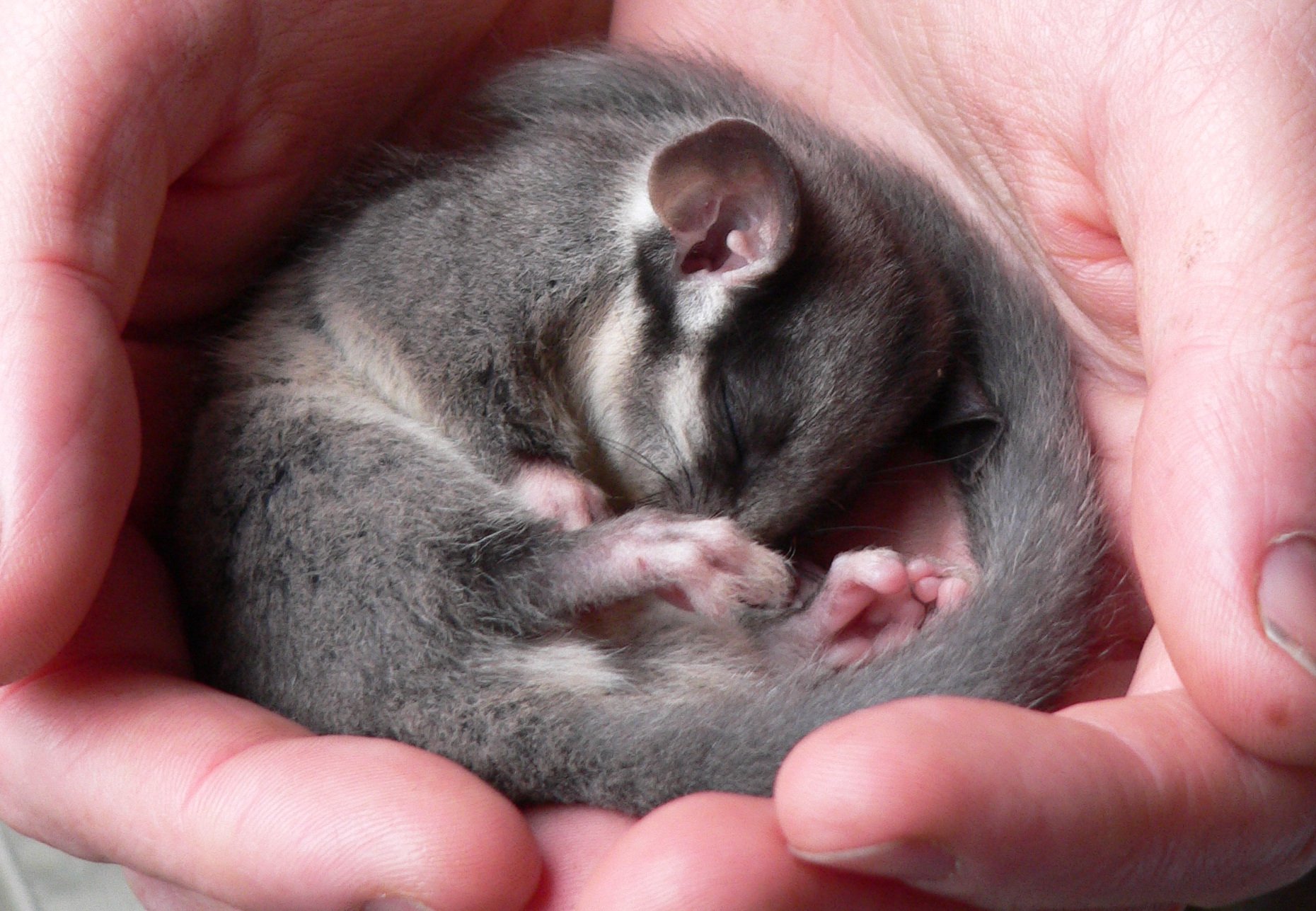
Most people have never seen a Leadbeater's (Fairy) Possum in the wild. And now, these tiny marsupials are in danger of being lost forever.